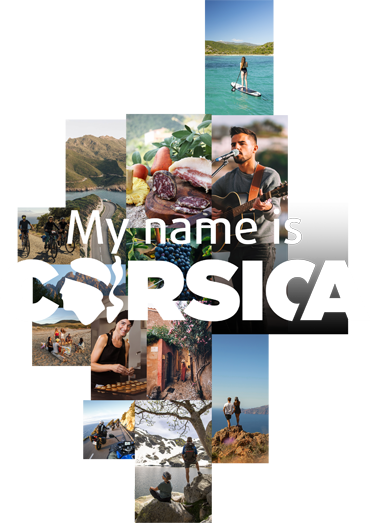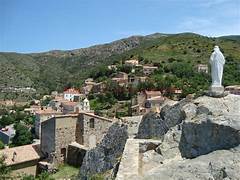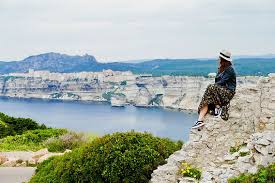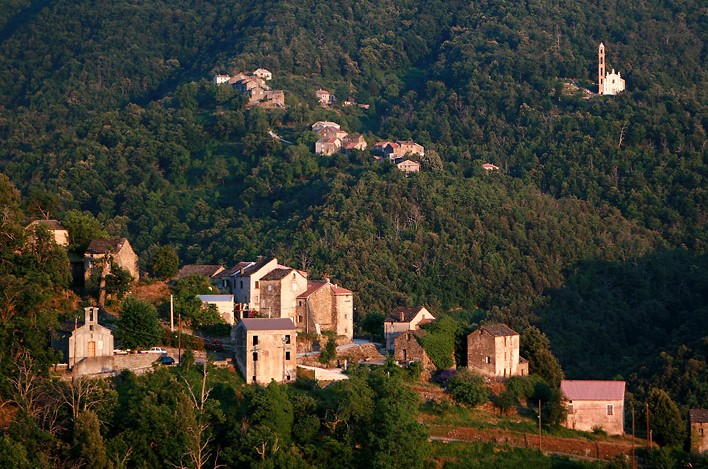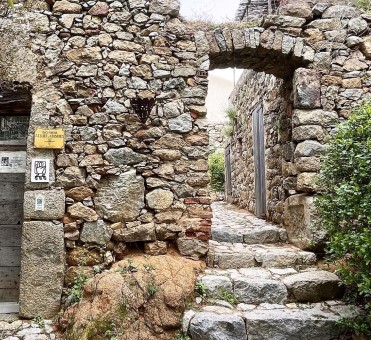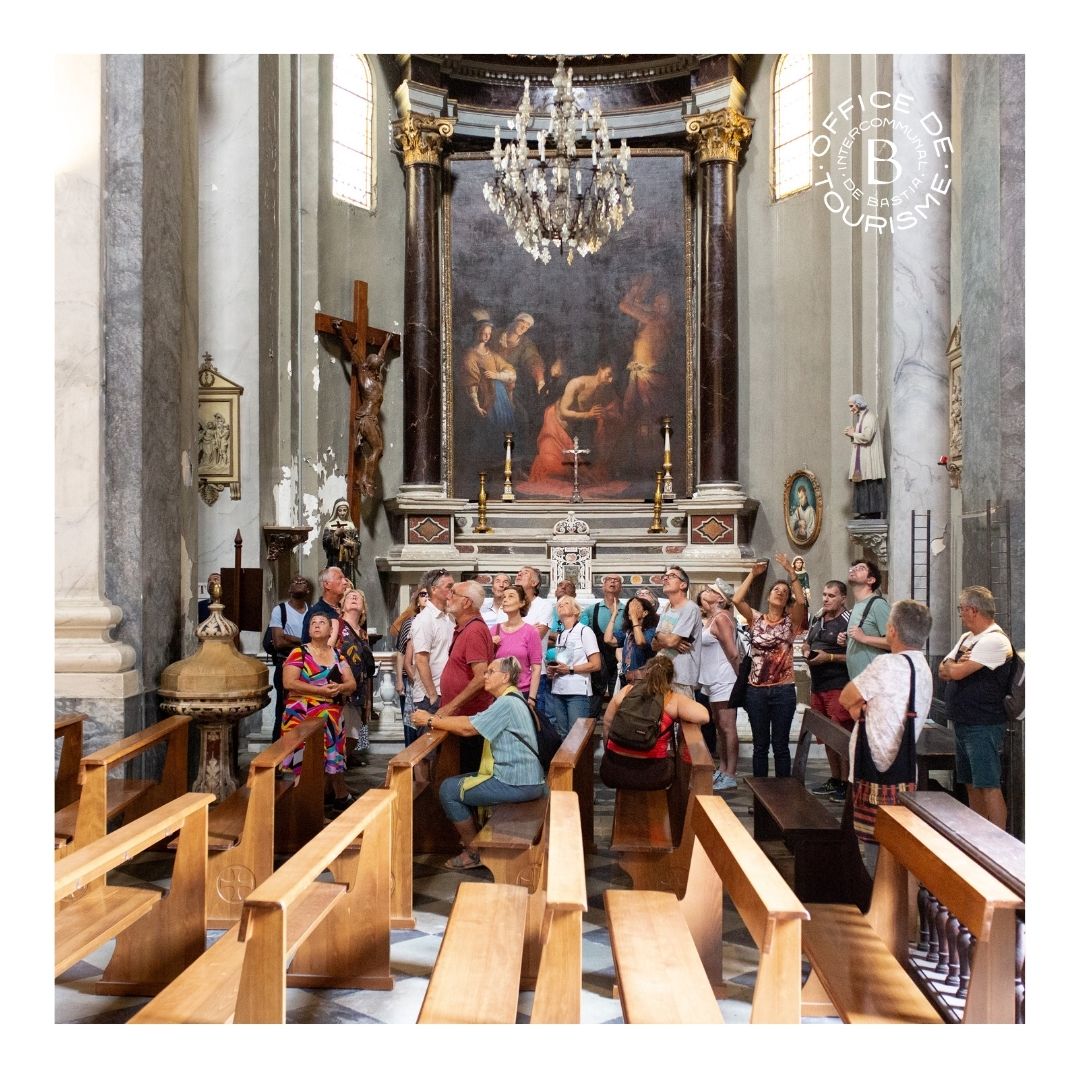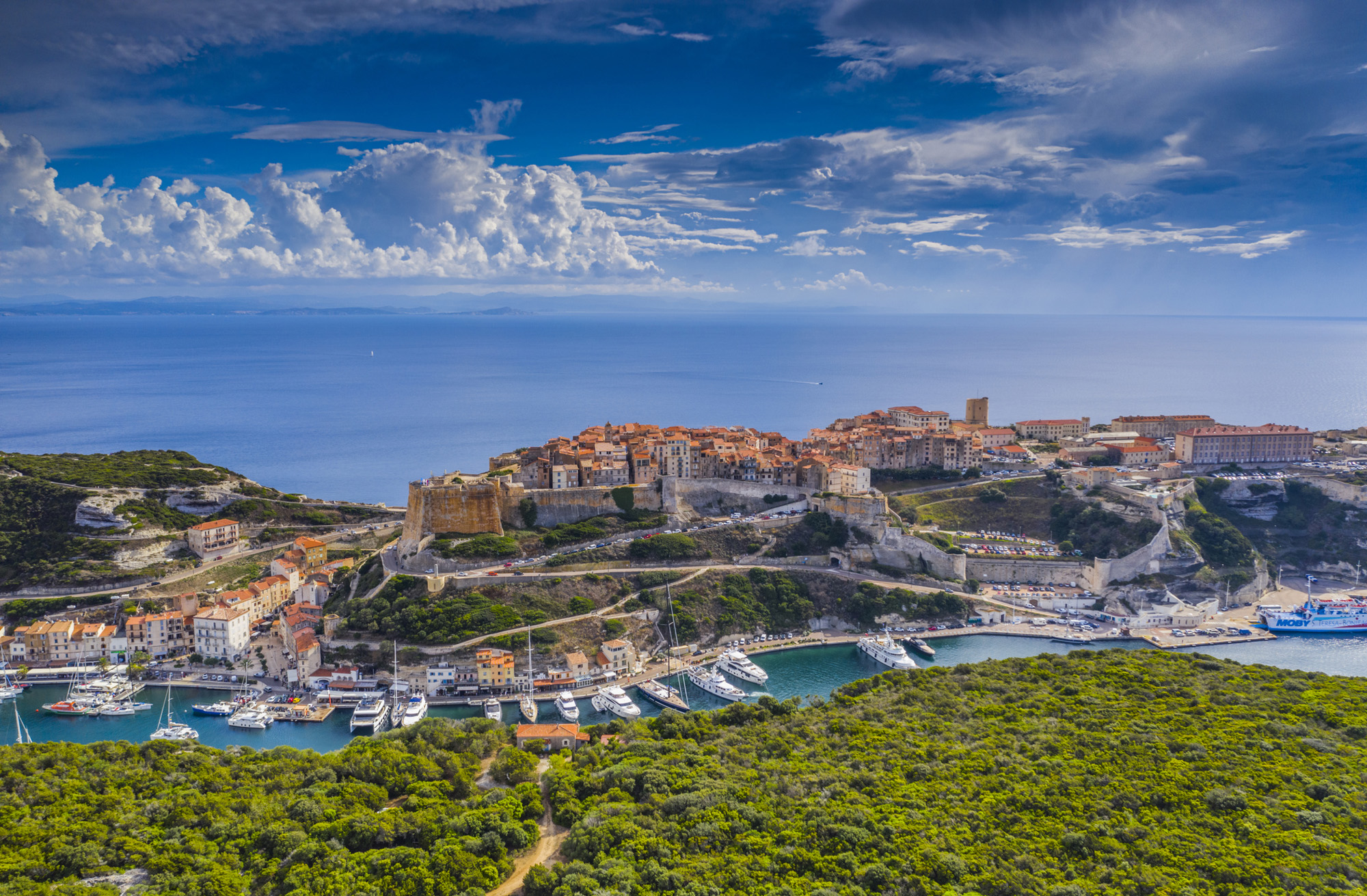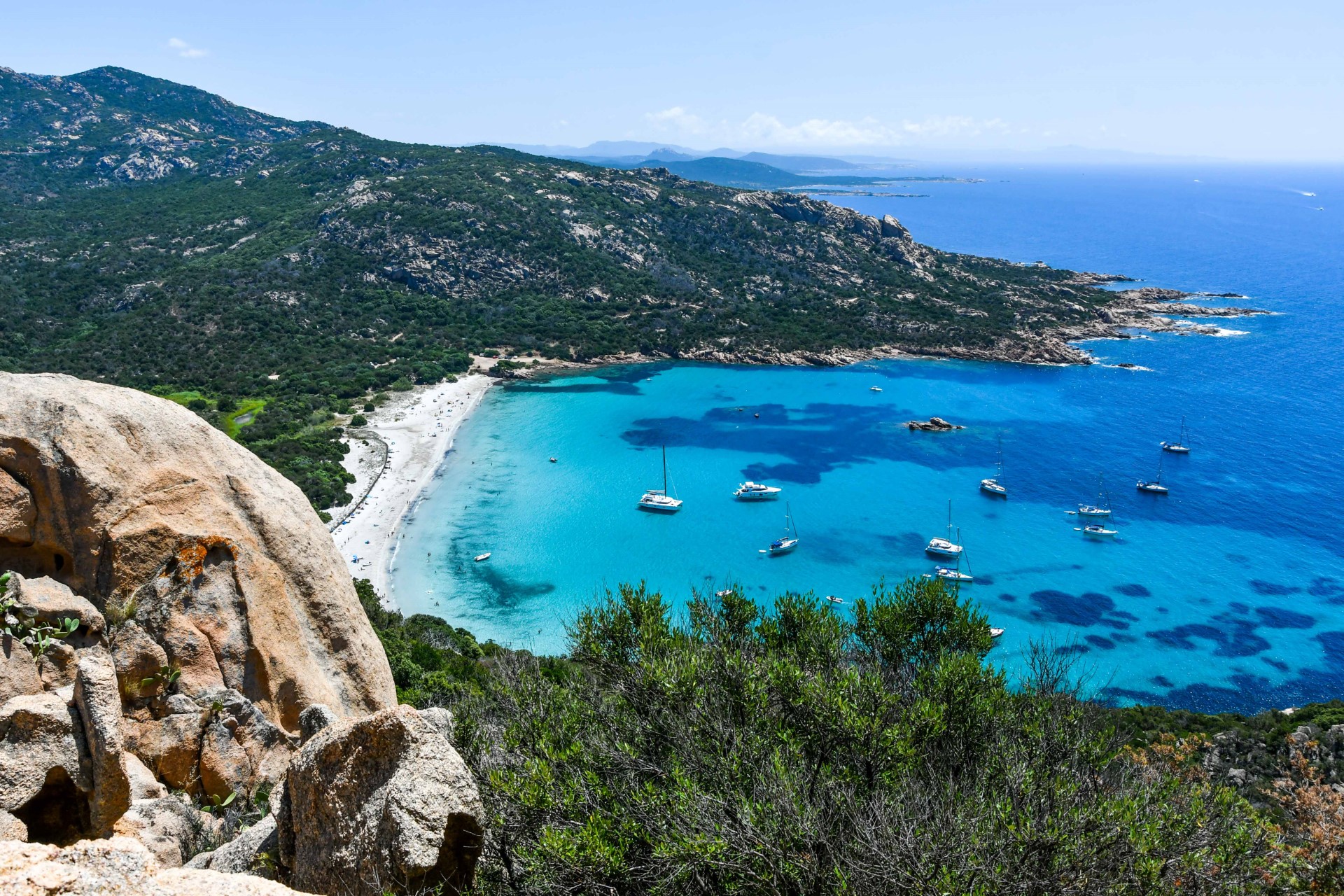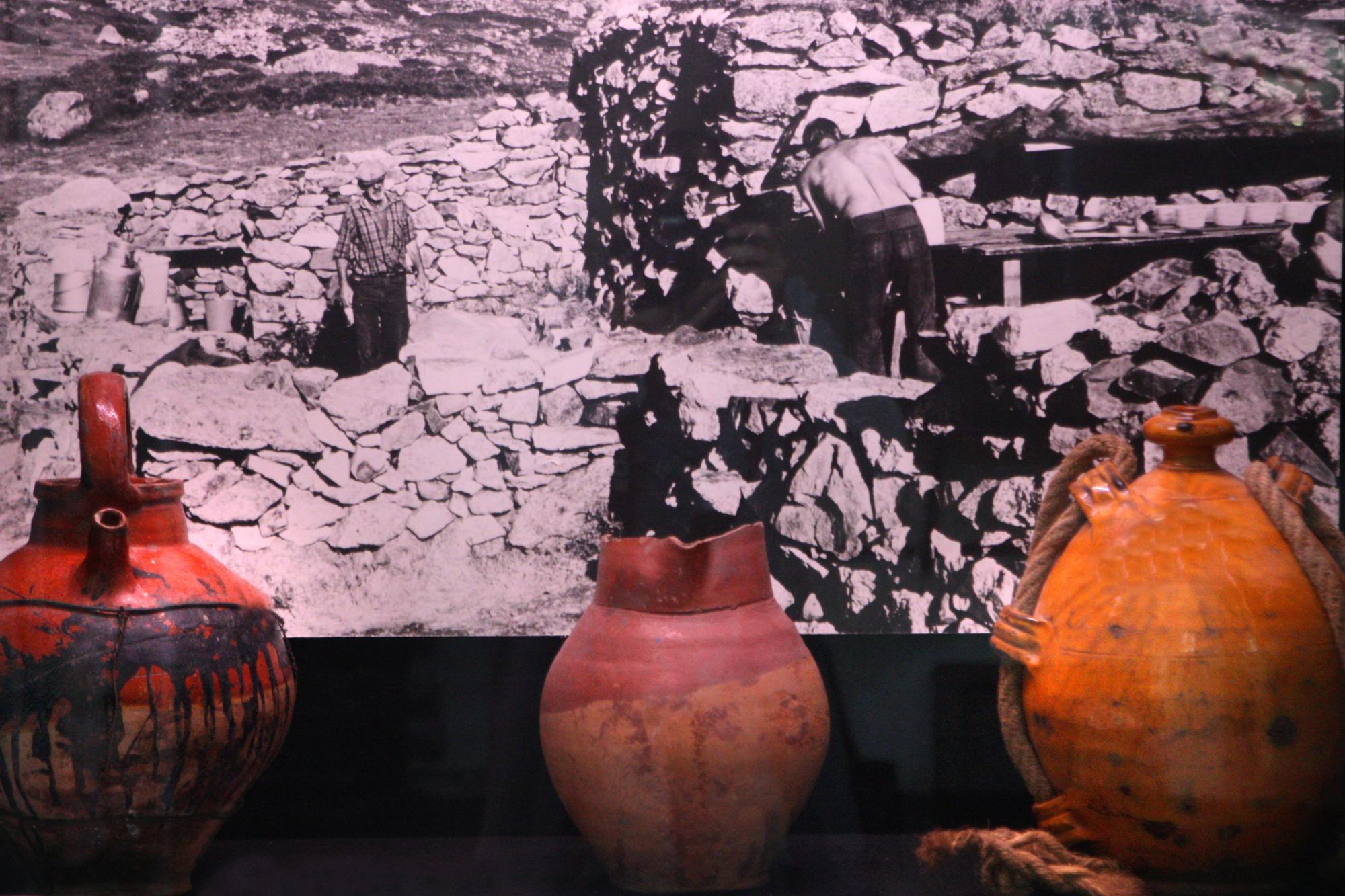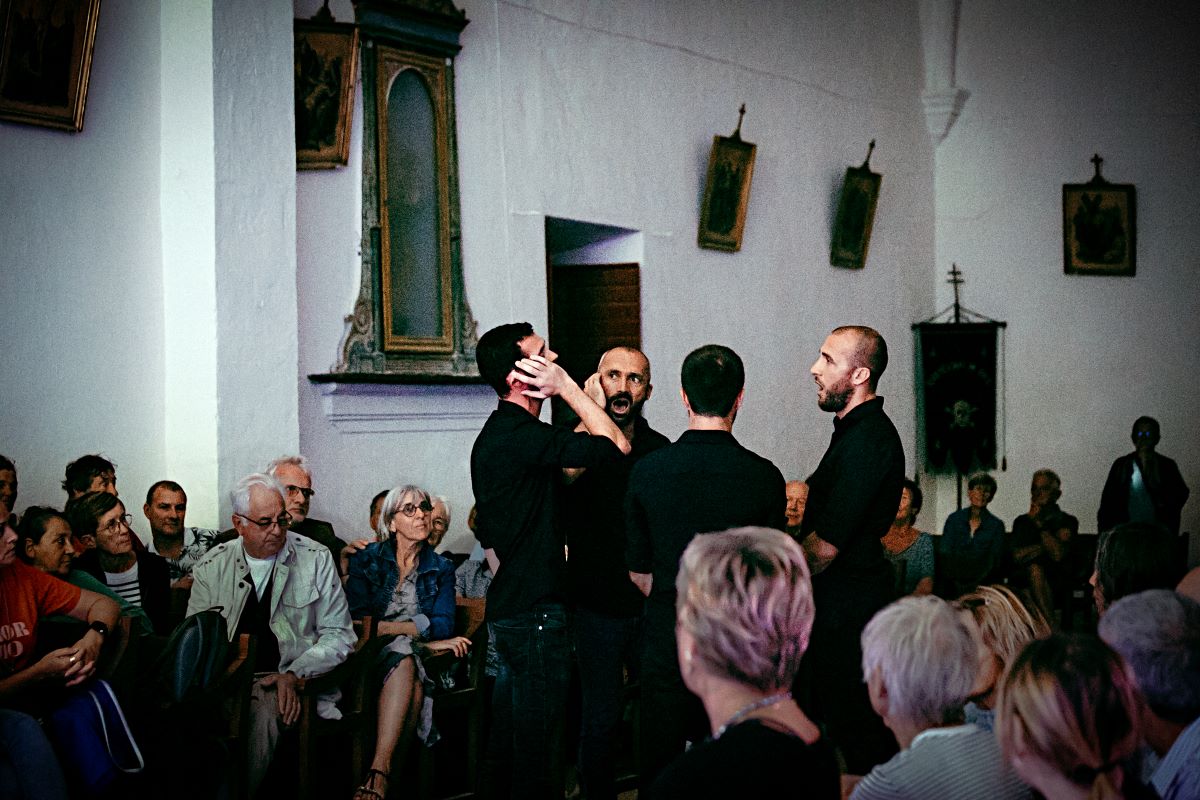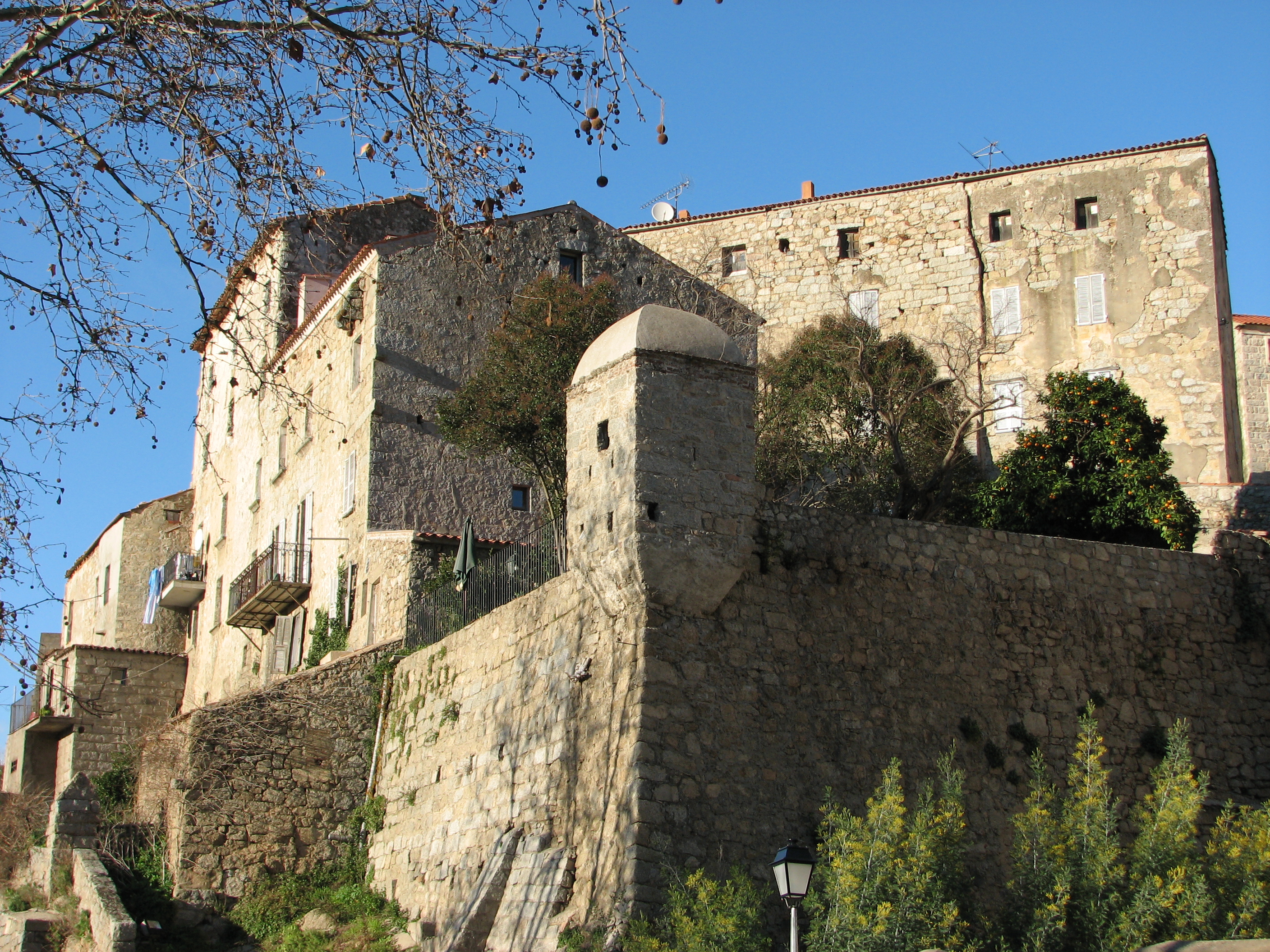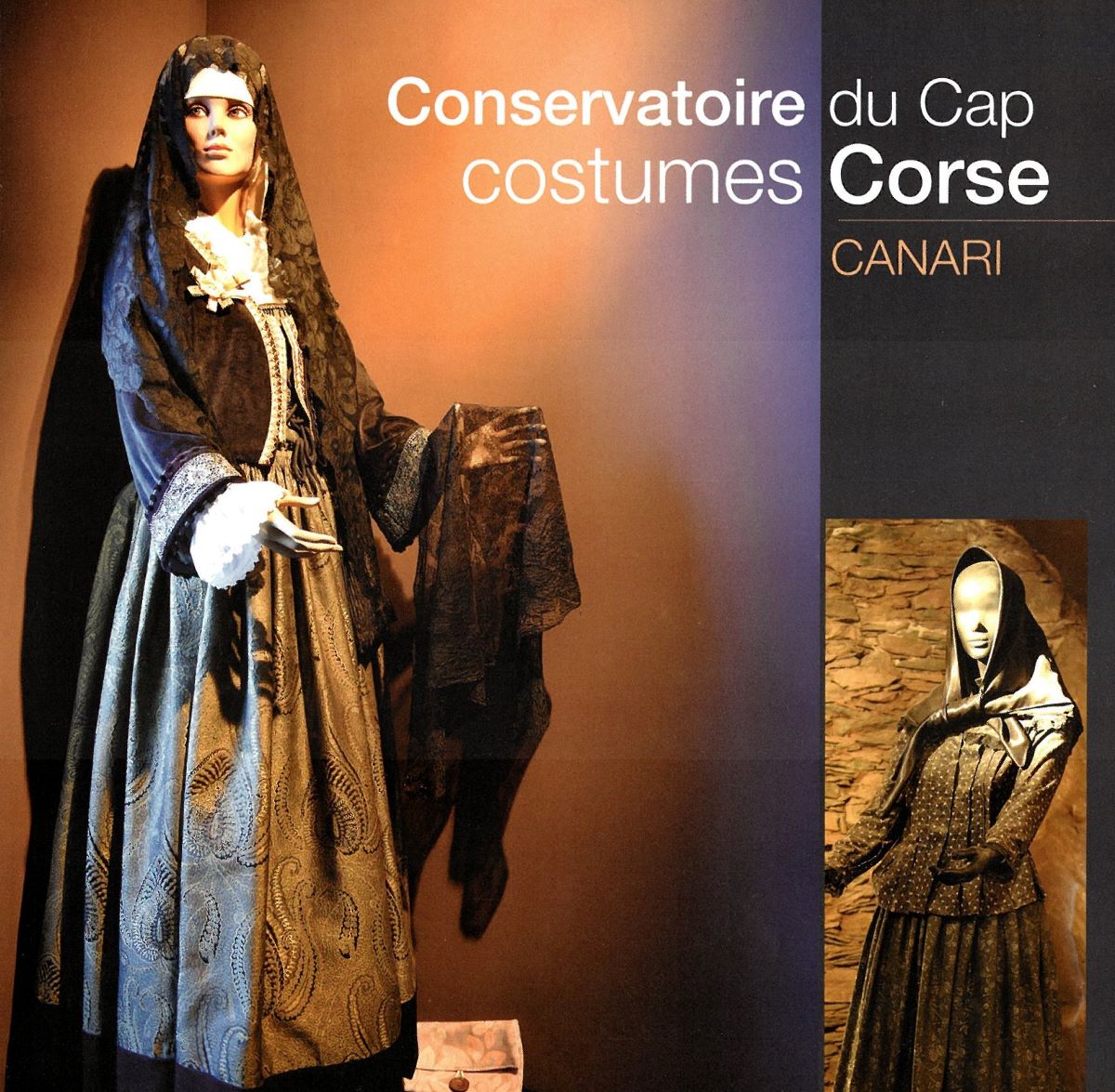Rechercher...
Explore Corsica
Visit to the Ogliastro mill
- Best offers and trip ideas
- /
- As your wishes dictate
- /
- Visit to the Ogliastro mill
- /
- Visit to the Ogliastro mill
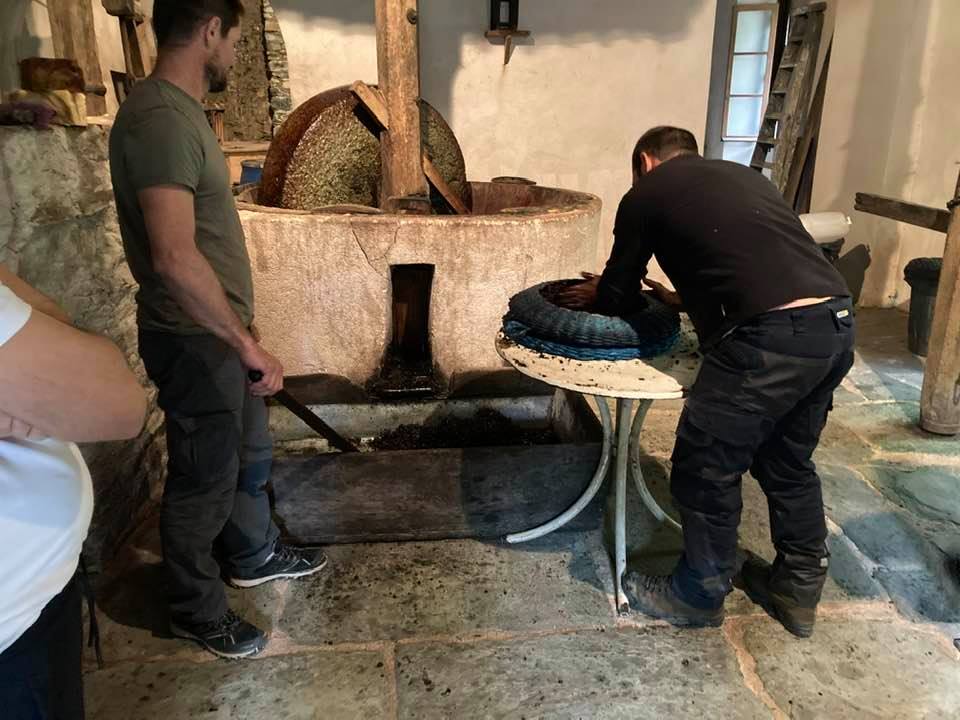
Free
Discover the heritage
In a village
20217 Ogliastro
Cap Corse
04 95 37 81 85
06 80 67 09 08
The municipality of Ogliastro is bringing its mill back to life by offering tours for residents and visitors to the island.
The municipality of Ogliastro is bringing its mill back to life by offering tours for residents and visitors to the island.
This mill has been completely restored to its original state: its reconstruction and restoration are faithful to the building's past life and history.
The mill also aims to revitalize olive and chestnut cultivation.
Probably built during the second half of the 19th century, the Ogliastro mill is unique in that it combines three presses, all powered by the same wheel.
With its vertical axis, this wheel drives three pressing machines on the ground floor:
- a grain millstone, on its axis;
- a vertical olive mill, via a first gear system at the top of the axis;
- a second vertical olive mill, on another axis driven by a second gear system at the top of the intermediate vertical axis between these two olive presses.
In total, the water projected onto the two horizontal paddle wheels (vaulted basement facing the river) turns five vertical axles and operates four presses.
Testimony to an intense agricultural life, the MILLS of CAP CORSE are unique in that they come in two types:
- WATER MILLS
Essentially with horizontal wheels, they were used to grind wheat, corn, or chestnut flour and to press olives for oil production.
There were two types of olive oil press:
donkey presses and water presses.
The 21st century has seen the revival of some mills thanks to the restoration and promotion of ancient olive and chestnut groves, as well as the production of products that were in danger of disappearing, such as chestnut flour and olive oil.
- WIND MILLS
Their concentration in Cap Corse is exceptional: 13 have been recorded at the tip of the cape between Méria and Morsiglia, including 4 in Rogliano and 1 in Tomino, compared to 5 in the rest of Corsica.
The main function of windmills was to grind grain.
Most of the mill owners were sailors who were experts in sails and wind.
In the 1900s, Louis-Napoléon MATTEÏ had the imaginative and ingenious idea of converting the “Franceschi” mill in Ersa into an advertising medium to promote his aperitif, “Cap Corse MATTEÏ,” which quickly became internationally renowned.
Information: Municipal agent 06 80 67 09 08 / Visits on Tuesdays and Thursdays from 10 a.m. to 1 p.m.
Further information
Mode of locomotion
Locate
Our other offers and holiday ideas
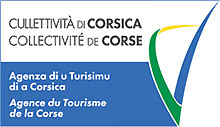
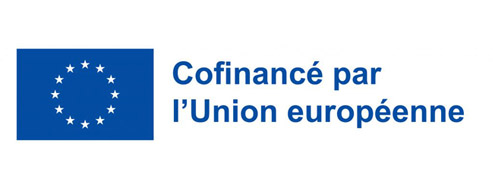
powered by cd-media.fr



